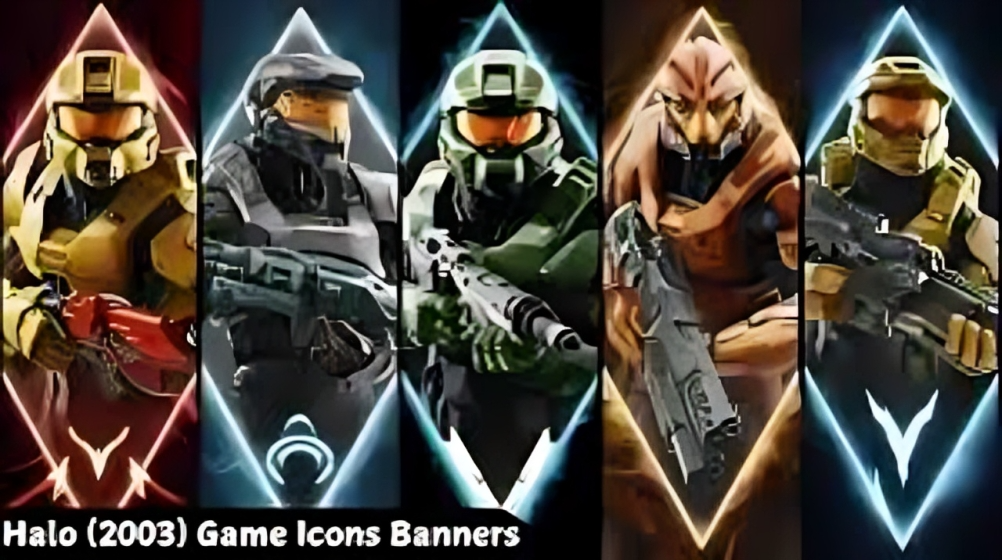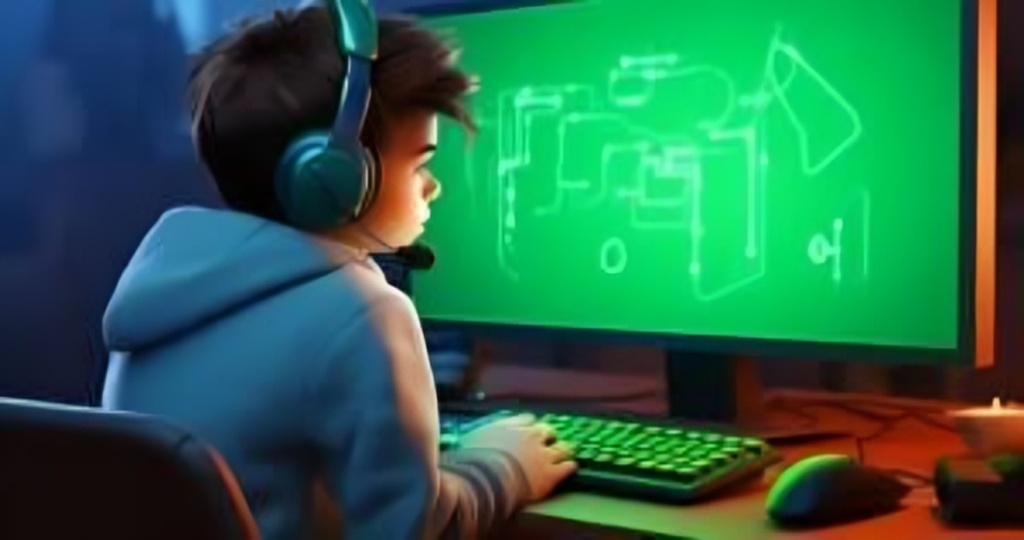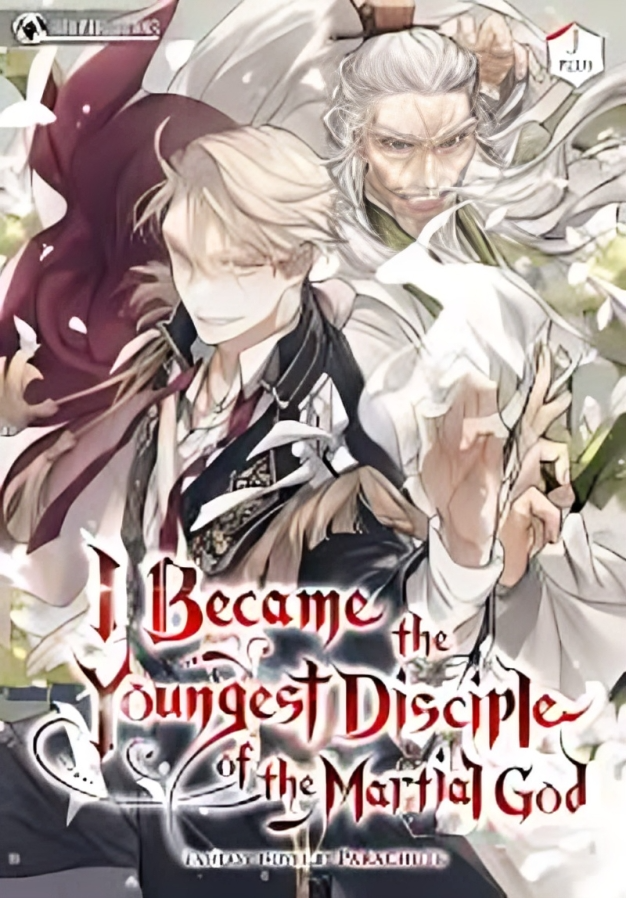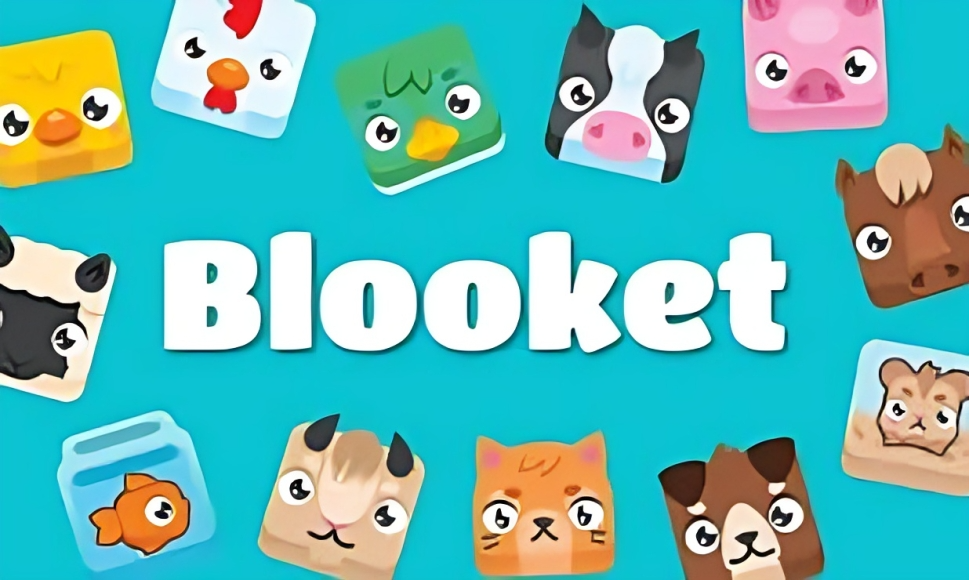Launched in 2001, the Halo (2003) Game Icons Banners quickly became a cornerstone of the gaming world, captivating players with its rich storytelling, engaging gameplay, and striking visuals. The Halo (2003) Game Icons Banners installment, Halo: Combat Evolved Anniversary, celebrated the original game’s legacy and introduced a new generation to the iconic characters and settings that defined a genre. This article delves into the evolution of Halo’s game icons and banners, exploring their significance, design evolution, and impact on the gaming communit.
The Significance of Icons and Banners in Gaming
Halo (2003) Game Icons Banners serve as the visual identity of a game, encapsulating its essence and attracting players. In the case of Halo, these graphics are not just decorative elements but also communicate the game’s themes, storylines, and character dynamics. They play a crucial role in marketing, enhancing the player’s experience, and fostering community engagement.
1. The Halo Universe: A Brief Overview
Before we dive into the specifics of icons and banners, it’s essential to understand the Halo universe’s foundational elements. The series is set in a science fiction universe where humanity is embroiled in a war against a coalition of alien races known as the Covenant. The story follows Master Chief, a super-soldier known as a Spartan, and his AI companion, Cortana, as they battle for the survival of humanity. This rich narrative backdrop provides fertile ground for designing memorable visuals that resonate with players.
2. Icons: The Faces of Halo
Icons in the Halo (2003) Game Icons Banners series often represent key elements of the game, including characters, factions, and weapons.
2.1 Master Chief
At the heart of Halo’s identity is Master Chief, the series’ iconic protagonist. His helmet, characterized by its reflective visor and imposing shape, serves as a powerful symbol of heroism and resilience. The Master Chief icon is used extensively in promotional materials, merchandise, and within the game itself, reinforcing his status as the face of the franchise.
2.2 Cortana
Cortana, Master Chief’s AI companion, is another significant figure inHalo (2003) Game Icons Banners. Her blue holographic representation symbolizes intelligence, guidance, and the emotional bond between her and Master Chief. The evolution of Cortana’s iconography, from a simple blue sphere to a complex holographic figure, reflects the advancements in technology and storytelling within the series.
2.3 Covenant and Other Factions
The Covenant, with its various alien species, has distinct icons representing its different factions, such as the Elites, Grunts, and Brutes. Each faction has its design aesthetic that reflects its culture and characteristics, enhancing the visual diversity of the game.
3. Banners: Telling the Story
Banners serve as larger visual representations of the game world, often used in marketing campaigns and in-game interfaces. They can depict epic battles, character portraits, and significant story moments.
3.1 Key Art and Promotional Banners
Promotional banners for Halo (2003) Game Icons Banners often feature dynamic artwork that showcases iconic moments from the game. For instance, artwork featuring Master Chief charging into battle with Covenant forces in the background encapsulates the essence of heroism and conflict that defines the series. These banners are strategically designed to evoke excitement and anticipation for upcoming releases.
3.2 In-Game Banners
Within the game, banners often provide players with context and lore. They can depict the insignias of different factions, the banners of the UNSC (United Nations Space Command), or even artistic representations of significant events in the Halo universe. These visuals enrich the player’s immersion, making the world feel more alive and interconnected.
4. Evolution of Halo Icons and Banners
Over the years, the design of Halo (2003) Game Icons Banners has evolved, reflecting changes in technology, artistic trends, and audience expectations.
4.1 Early Designs
The original Halo: Combat Evolved featured relatively simple graphics due to the technological limitations of the time. Icons were straightforward, focusing on clarity and function. However, even with these limitations, the game managed to create memorable visuals that would resonate with players.
4.2 Modern Designs
With advancements in graphics and design tools, subsequent Halo titles introduced more intricate icons and banners. The use of 3D modeling allowed for more dynamic representations of characters and environments, providing depth and realism to the visuals. The introduction of new design techniques, such as digital painting and photorealistic rendering, has resulted in stunning artwork that captures the grandeur of the Halo universe.
5. The Cultural Impact of Halo Icons and Banners
Halo (2003) Game Icons Banners have transcended the gaming world, becoming cultural symbols recognized beyond their original context. They have inspired fan art, cosplay, and even merchandise, fostering a vibrant community that celebrates the franchise.
5.1 Fan Creations
The passion of the Halo community is evident in the countless fan-made icons and banners. These creations often reinterpret the original designs, showcasing the talents and creativity of fans. Platforms like DeviantArt and ArtStation are filled with stunning fan art that pays homage to the series, further solidifying its place in gaming culture.
5.2 Merchandise and Collectibles
The popularity of Halo (2003) Game Icons Banners visual identity has led to a wealth of merchandise, from action figures to clothing. Icons and banners are frequently used in branding these products, allowing fans to express their love for the franchise in their everyday lives.
6. The Future of Halo Icons and Banners
As the Halo franchise continues to evolve, so too will its visual identity. With the release of Halo Infinite and the ongoing development of new content, fans can expect fresh designs that push the boundaries of creativity and technology.
6.1 New Characters and Factions
With each new installment, players are introduced to new characters and factions, leading to the creation of additional icons and banners. The opportunity for innovative designs that reflect the game’s narrative and themes remains limitless.
6.2 Embracing New Technologies
The gaming industry is constantly evolving, with technologies like virtual reality (VR) and augmented reality (AR) reshaping the way players interact with their favorite franchises. As Halo explores these new frontiers, its icons and banners may also adapt to provide unique experiences for players.
Conclusion
The icons and banners of Halo (2003) Game Icons Banners are more than just images; they represent a legacy that has shaped the gaming landscape. From the iconic silhouette of Master Chief to the vibrant banners that depict the epic battles of the Halo universe, these visuals encapsulate the essence of the franchise. As we look to the future, the evolution of these designs will undoubtedly continue to engage and inspire players, solidifying Halo’s place in gaming history.
By celebrating and examining these iconic visuals, we gain a deeper appreciation for the artistry and creativity that have made Halo a beloved franchise for over two decades. Whether you’re a long-time fan or a newcomer to the series, the journey through Halo (2003) Game Icons Banners is a testament to the power of visual storytelling in gaming.




